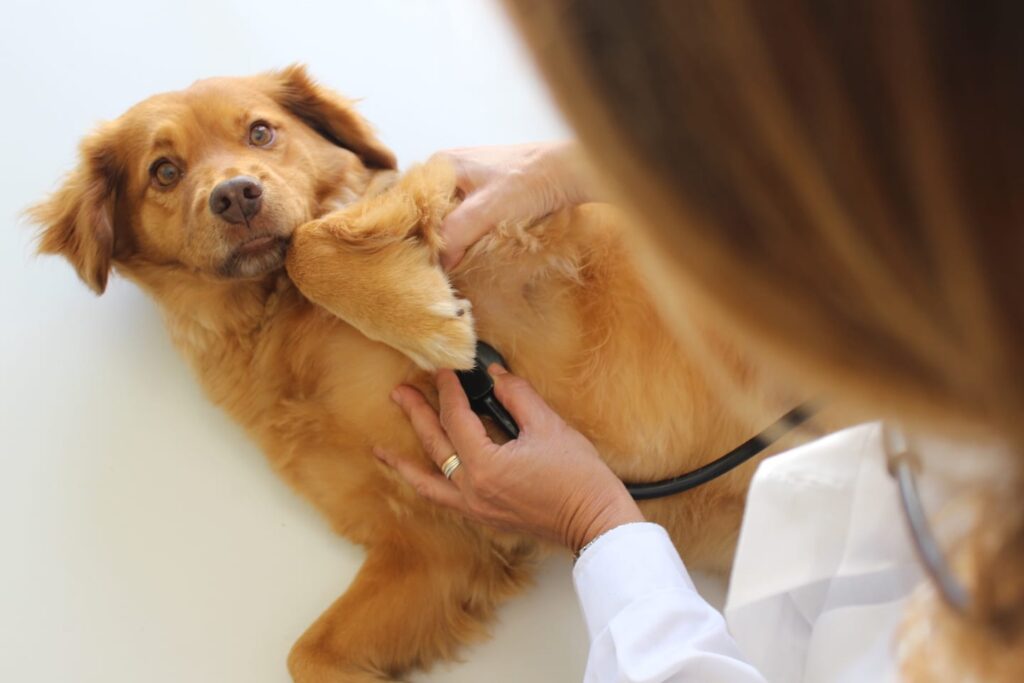The Importance of Pet Wellness Exams


This post was written by Dr. Annette LePere, Medical Director at Rolling Hills Animal Hospital in Rancho Palos Verdes, CA.
Every pet owner knows their cat or dog’s most coveted snacks, favorite window perches or places to go on walks. You even know which side of your bed they like to sleep on! But as an owner, do you know when your pet’s kidneys start to slow down, or if their joints are really starting to ache because of hip dysplasia or knee pain? This is why it is so important to schedule the time to have regular pet wellness exams with your pet’s veterinarian.
Regular physical exams (every 6 months to once per year) are important to help detect any changes that come with aging, such as arthritis and dental disease. During those pet wellness exams, your vet can go over important life stage changes like appropriate dietary recommendations and how to maintain an appropriate active lifestyle for your pet. Parts to the physical exam include listening to the heart, feeling the abdominal organs, checking hips and knees, and also checking their dental health: teeth and gums. Blood work often plays a vital role in evaluating organ function and aids in detecting infection, anemia, diabetes, kidney failure, thyroid disease and other medical conditions. When caught in early stages many diseases can be well maintained, or even treated and cured. Did you know that diabetes in cats, if found early, can be treated and reversed sometimes with diet alone?
Cats and dogs age at a much more rapid rate than we do, and it is important to play a proactive role in your pet’s health. Cats in particular tend to live through extended senior stages starting as early as about 8 years old and going on into their geriatric stages at around 13-15 years old. Cats are very good at hiding when they don’t feel well, so often don’t come in to the exam room until they are very sick.
Dogs, depending on their breeds or mixes, can have specific genetic predispositions, and they age at very different rates. A Chihuahua becomes a senior around 8-9 years old whereas a Great Dane becomes a senior around 4-5 years old! Your veterinarian can help tailor your specific dog’s wellness screening based on what type of dog you have and your dog’s age. For example, owners of Bulldogs, Mastiffs, Dobermans, and Cocker Spaniels should consider doing regular EKG’s and chest X-Rays in their senior years to help detect early changes in their hearts. These breeds can be predisposed to cardiac conditions such as Mitral Valve Disease or Dilated Cardiomyopathy. Owners of senior Golden Retrievers may want to consider abdominal X-Rays to detect that breed’s predisposition for developing splenic tumors. Ask your vet next time you go in, based on what type of dog you have, if he or she has any specific or tailored suggestions of wellness screening tests or preventative measures that you can take to help keep your dog healthy and safe.
Just like with our own health, it is always best to be proactive and take preventative measures to help your pet live a comfortable and happy life. Routine pet wellness exams with your veterinarian can help you play an active role in your pet’s longevity. What matters most for you and your pet is to be able to share a quality of life that is as healthy, active and comfortable as can be!



